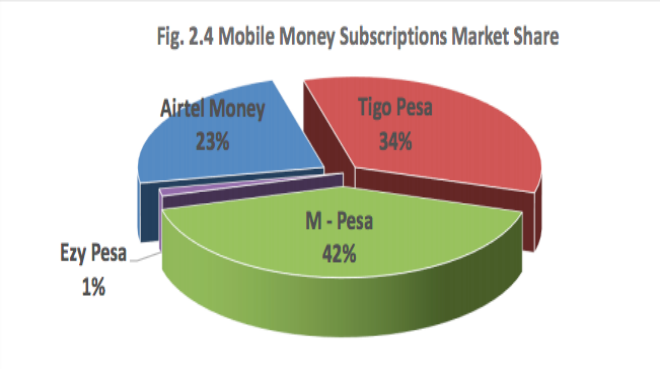Kenya’s mobile payment landscape has long been dominated by two major platforms: M-Pesa and Airtel Money.
Both systems have transformed the way Kenyans conduct transactions, but which one truly stands out in 2024? This article breaks down the key features, benefits, and drawbacks of M-Pesa and Airtel Money to help users make informed choices.
M-Pesa: The Pioneer of Mobile Money
Since its launch in 2007 by Safaricom, M-Pesa has been synonymous with mobile payments in Kenya. The platform revolutionized the financial sector, allowing millions of unbanked Kenyans to send, receive, and store money through their mobile phones.
Today, M-Pesa remains the most widely used mobile money service in Kenya, with over 51 million users across East Africa.
Read also:CFAO Mobility Kenya Delivers 14 Hino Buses to MetroTrans Company
Key Features of M-Pesa:
- Extensive Agent Network: M-Pesa boasts the largest agent network in Kenya, making it accessible in both urban and rural areas.
- Broad Service Range: Beyond money transfers, users can pay utility bills, buy goods and services, access loans, and even invest in savings through M-Pesa services such as Fuliza and M-Shwari.
- International Transfers: M-Pesa allows for cross-border money transfers, making it ideal for the diaspora sending money back home.
- Strong Brand Trust: With years of dominance, M-Pesa enjoys a strong level of trust among Kenyans.
Downsides of M-Pesa:
- Higher Transaction Fees: M-Pesa’s transaction fees, especially for large sums, are relatively higher compared to Airtel Money.
- Congestion: Due to its large user base, the platform occasionally experiences service delays.
Airtel Money: The Challenger
Airtel Money, launched by Airtel Kenya, is the main competitor to M-Pesa. While it may not have the same vast reach, Airtel Money has been gaining ground by offering lower transaction fees and several unique services.

Key Features of Airtel Money:
- Competitive Fees: Airtel Money has lower transaction costs, particularly for peer-to-peer transfers, making it an attractive alternative for budget-conscious users.
- Innovative Offerings: Airtel Money users can pay for goods, access bank services, and transfer money across borders, similar to M-Pesa, but with some value-added services like airtime bonuses on cash transfers.
- Growing Network: Airtel is continuously expanding its agent network, and while not as large as M-Pesa’s, it covers major towns and cities.
Downsides of Airtel Money:
- Smaller Agent Network: Airtel Money’s network of agents is still smaller compared to M-Pesa, which can be limiting in remote areas.
- Less Brand Recognition: Despite its features, Airtel Money lacks the strong brand identity and trust that M-Pesa commands.
User Preferences and Popularity

According to a recent survey, M-Pesa remains the preferred choice for over 80% of Kenyans.
However, Airtel Money is gradually building its market share, especially among younger, tech-savvy users and those seeking lower transaction fees.
James Wanyama, a financial analyst in Nairobi, explains, “M-Pesa continues to dominate due to its sheer size and accessibility, but Airtel Money has started to carve out a niche, especially with its lower costs and growing services.”
Which is Better?
The choice between M-Pesa and Airtel Money ultimately comes down to user needs. If you value convenience and a well-established agent network, M-Pesa is the go-to choice.
On the other hand, if you are seeking lower fees and don’t mind fewer agents, Airtel Money provides an appealing alternative.
Both platforms have revolutionized the way Kenyans handle money, and as competition grows, users stand to benefit from improved services and lower costs.







More Stories
2025 Africa Soft Power Summit announced for Nairobi, Kenya
Why Cledun Realtors Is the Go-To Land Selling Company in Makutano
FedEx Partners with Feed the Children to Support Kenyan Communities